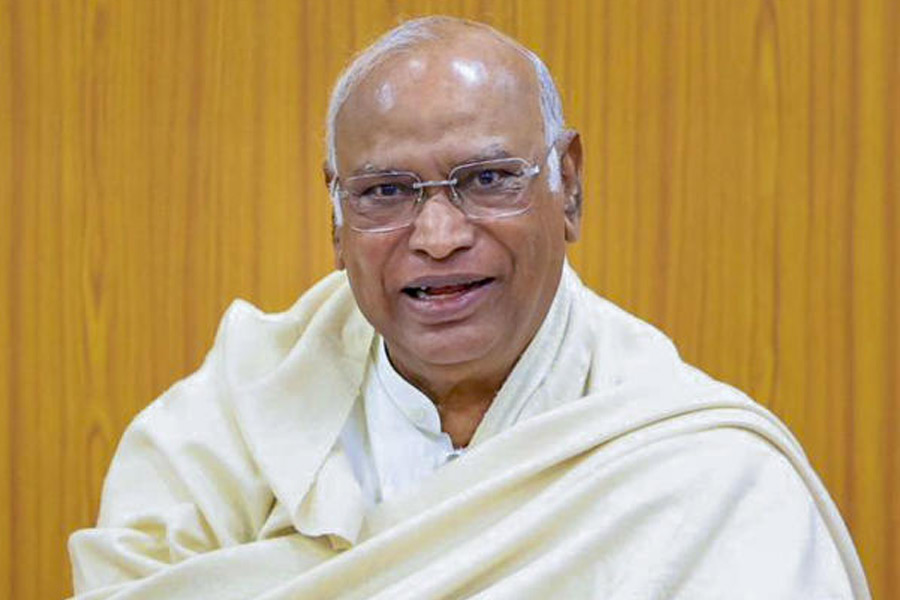Senior Biden administration officials told lawmakers last week that they believed the Russian military had assembled 70 per cent of the forces it would need to mount a full invasion of Ukraine, painting the most ominous picture yet of the options that Russian President Vladimir V. Putin has created for himself in recent weeks.
During six hours of closed meetings with House and Senate lawmakers on Thursday, the officials warned that if Putin chose the most aggressive of his options, he could quickly surround or capture Kiev, the capital, and remove the country’s democratically elected President, Volodymyr Zelensky. They also warned that the invasion could prompt an enormous refugee crisis on the European continent, sending millions fleeing.
The officials stressed that US intelligence analysts still did not assess that Putin had made a final decision to invade. But satellite imagery, communications among Russian forces and images of Russian equipment on the move show that he has assembled everything he would need to undertake what the officials said would constitute the largest military operation on land in Europe since 1945.
They also warned of enormous possible human costs if Putin went ahead with a full invasion, including the potential deaths of 25,000 to 50,000 civilians, 5,000 to 25,000 members of the Ukrainian military and 3,000 to 10,000 members of the Russian military. The invasion, they said, could also result in one million to five million refugees, with many of them pouring into Poland.
Should Putin decide to invade, American officials believe he is not likely to move until the second half of February. By that point, more ground will have frozen, making it easier to move heavy vehicles and equipment, and the Winter Olympics in Beijing will have ended or be winding down, which could help Putin avoid antagonising President Xi Jinping of China, a critical ally for the Russian President.
The grim briefings were the latest salvo in weeks of grave messaging from the Biden administration about Putin’s plans. On the same day as the briefings, the administration also publicly warned that Russia may try to stage a false-flag operation suggesting that Russian-speaking populations are being attacked, which could create a pretext for an overt military operation.
Whether Putin decides to go through with a maximalist approach or a more scaled-down version is the question with which American, European and Ukrainian officials are all grappling.
For example, European officials, examining the same evidence, suggest that Putin could start smaller and test the reaction — with cyberattacks to paralyse Ukraine’s electric grid and communications, an invasion limited to the Russian-speaking territory in eastern Ukraine or an effort to cut the country in half, roughly along the Dnieper river.
Western intelligence officials also say they have picked up chatter suggesting Russian military leaders are confident they could take Ukraine in a blitzkrieg attack, but worry that they may not be able to hold on to the country, especially if the invasion sets off a significant insurgency. That has prompted speculation inside the Nato alliance that Putin might invade, seek to change the Ukrainian government and then partly withdraw his forces.
The briefings to Congress on Thursday were led by defence secretary Lloyd J. Austin III; secretary of state Antony J. Blinken; Avril D. Haines, the director of national intelligence; and Gen. Mark A. Milley, the chairman of the Joint Chiefs of Staff.
The American officials described to lawmakers five options that Putin could take.
The options include a coup that would depose Zelensky; a limited incursion into eastern Ukraine similar to what Putin did when he annexed Crimea in 2014; an incursion into the Donbas region in eastern Ukraine accompanied by a Russian declaration of Donbas as an independent republic; or a Donbas incursion followed by an invasion and annexation of all of the eastern part of the country.
New York Times News Service











